𝐒𝐂𝐈𝐄𝐍𝐂𝐄 𝐌𝐀𝐃𝐄 𝐌𝐄 𝐀𝐍 𝐀𝐑𝐓 𝐒𝐓𝐔𝐃𝐄𝐍𝐓.
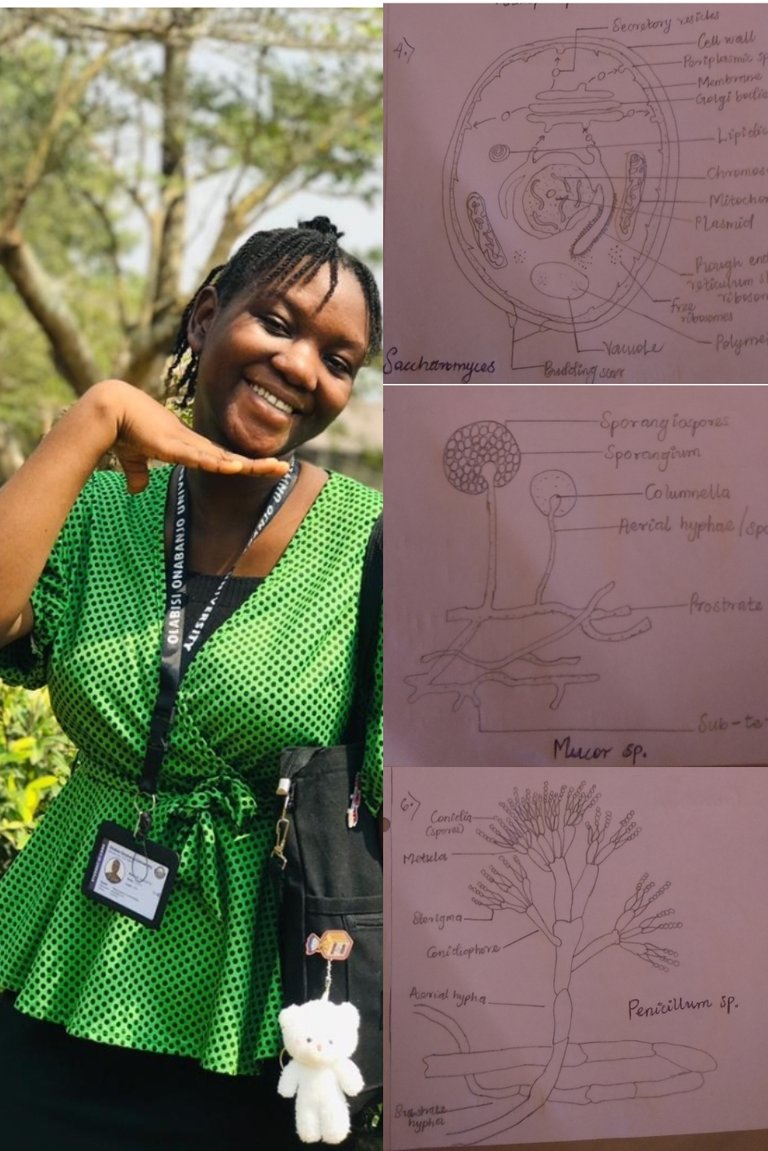
I thought I was saved from drawing when accepting my admission to study microbiology. I’m sure the microorganisms were laughing at me (hahaha). Who knew that being a science student would bring out my artistic talent? I mean, just look at these "babies." Stop eeeetttt, I can draw 😂 (hehehe, I tried).
So, an assignment was given by my lecturer to draw these ten microorganisms—fungi, to be precise. It was kinda stressful thinking about it, but I started to draw and viollaaa, I guess I did a nice job (funny how there are tougher diagrams... oh no).
Oya...let’s learn a little about them:
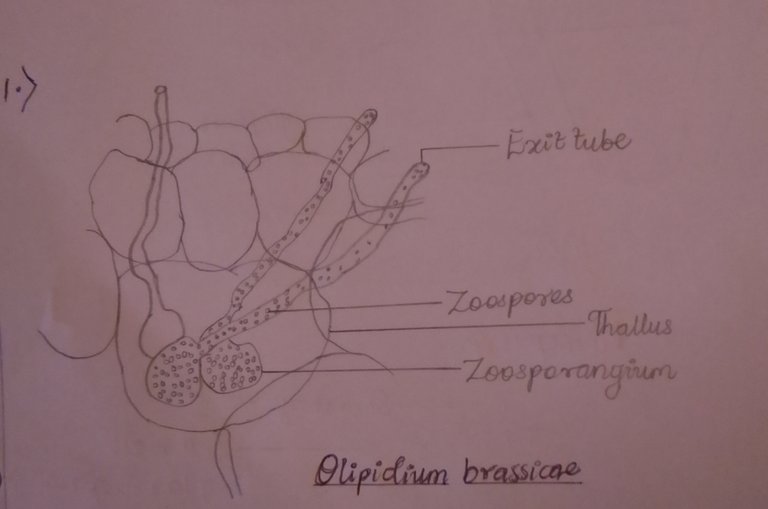
𝗢𝗹𝗽𝗶𝗱𝗶𝘂𝗺 𝗯𝗿𝗮𝘀𝘀𝗶𝗰𝗮𝗲
This parasitic fungus isn’t just an unwelcome guest for brassicas like cabbage and broccoli—it’s also a vector for plant viruses. Its double role as a parasite and a virus carrier makes it a significant challenge for agriculture.
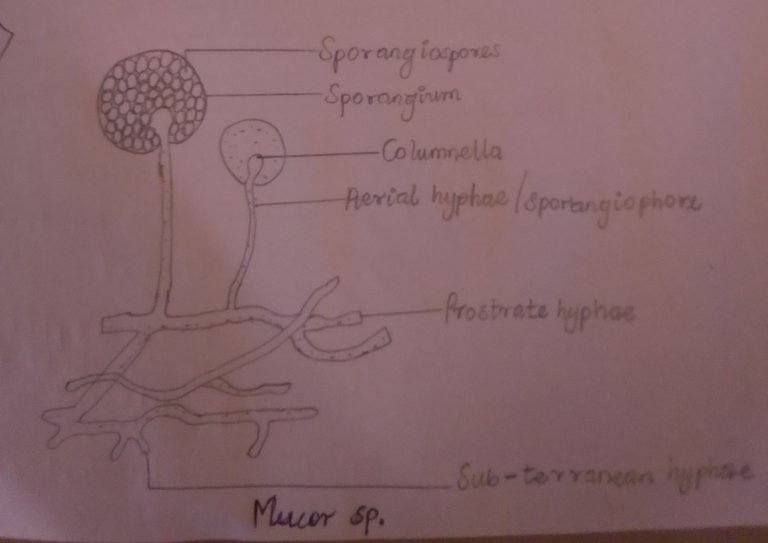
𝗠𝘂𝗰𝗼𝗿 𝘀𝗽.
Known for its presence in soil, decaying food, and animal waste, Mucor species contribute to the natural recycling process. Some species are industrial heroes, aiding in the production of fermented foods and biotechnological applications. However, they can also cause a rare infection called mucormycosis.

𝗥𝗵𝗶𝘇𝗼𝗽𝘂𝘀 𝘀𝗽.
Say holla to the genus synonymous with bread mold, thriving on starchy foods. Beyond the kitchen, it’s a powerhouse in industrial applications, producing lactic acid and alcohol. But beware—it can also cause opportunistic infections in humans.
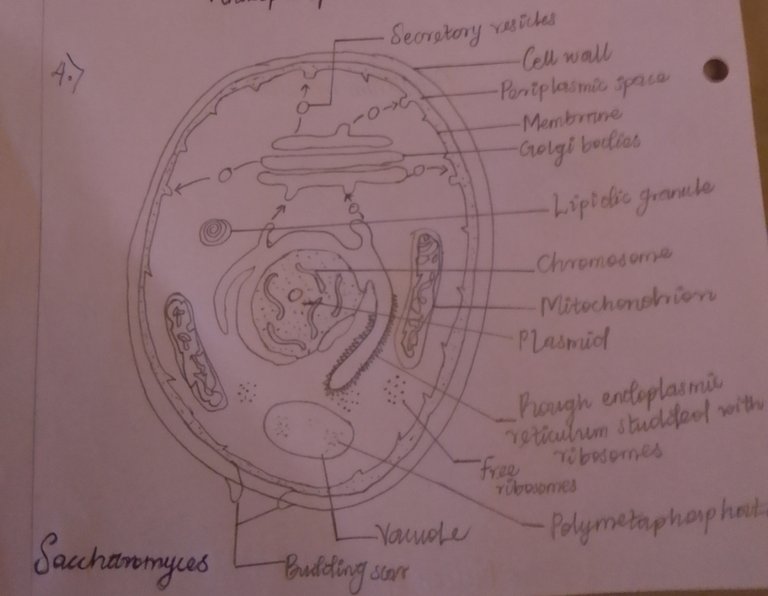
𝗦𝗮𝗰𝗰𝗵𝗮𝗿𝗼𝗺𝘆𝗰𝗲𝘀
Ever baked bread? You have Saccharomyces to thank! Known as brewer’s or baker’s yeast, it’s essential in baking, brewing, and winemaking. It’s also a favorite model organism for genetic research. Niiccceee, isn’t it?
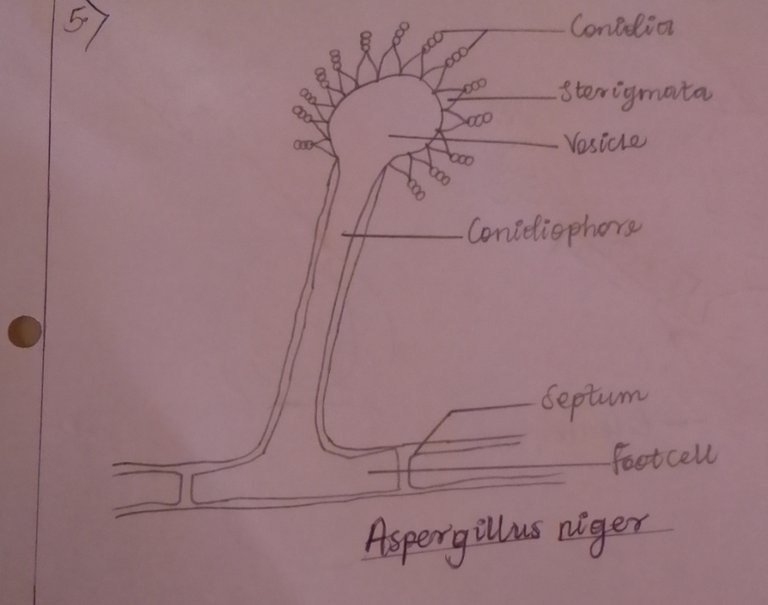
𝗔𝘀𝗽𝗲𝗿𝗴𝗶𝗹𝗹𝘂𝘀 𝗻𝗶𝗴𝗲𝗿
Spot those black spores on spoiled food? That’s likely Aspergillus niger. But don’t judge too quickly—it’s a superstar in biotechnology, producing citric acid and enzymes like amylase used in various industries.
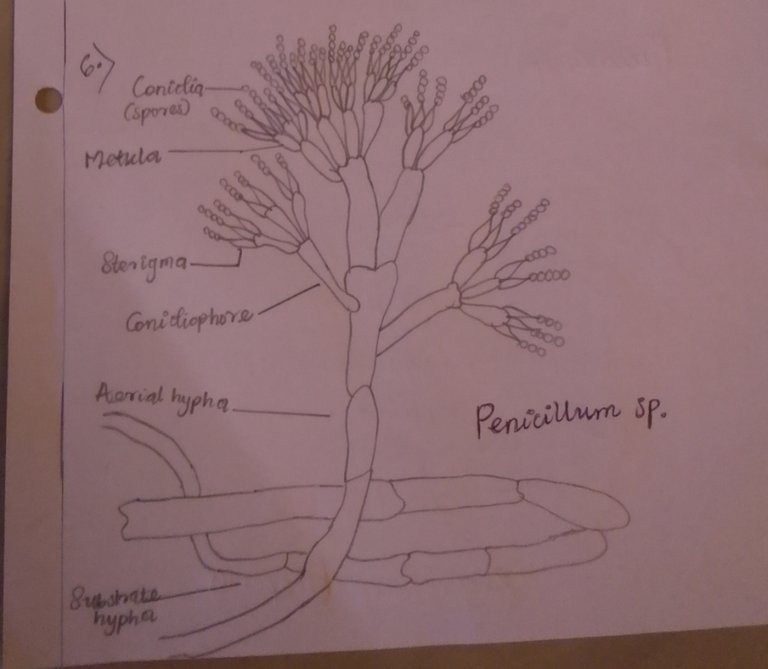
𝗣𝗲𝗻𝗶𝗰𝗶𝗹𝗹𝗶𝘂𝗺 𝘀𝗽.
It’s Penicillium sp. in the house (hahaha). This genus gave the world one of its greatest medical discoveries: penicillin. Beyond its life-saving properties, it’s also a gourmet’s friend, contributing to the distinct flavors of cheeses like Roquefort and Camembert.
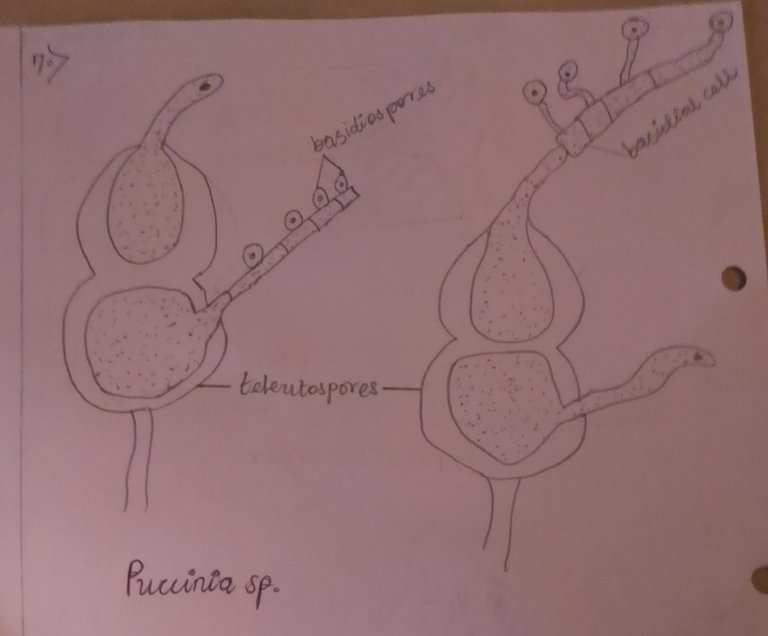
𝗣𝘂𝗰𝗰𝗶𝗻𝗶𝗮 𝘀𝗽.
Puccinia fungi may look harmless, but they’re the culprits behind rust diseases that devastate crops, particularly cereals. Their impact on global agriculture is enormous, making them a critical focus for plant pathologists.
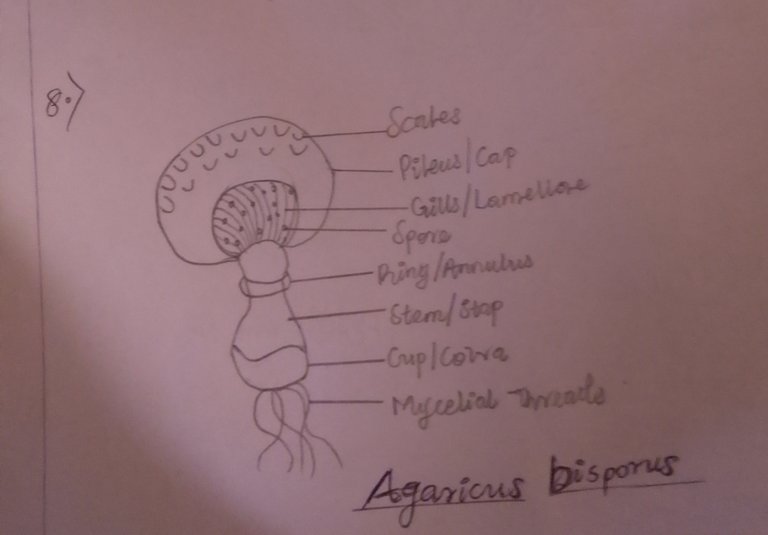
𝗔𝗴𝗮𝗿𝗶𝗰𝘂𝘀 𝗯𝗶𝘀𝗽𝗼𝗿𝘂𝘀
Hello, Agaricus bisporus! (This diagram ehhh... I sha tried). Packed with nutrients like vitamin D and protein, it’s a staple in diets worldwide, offering both flavor and health benefits.
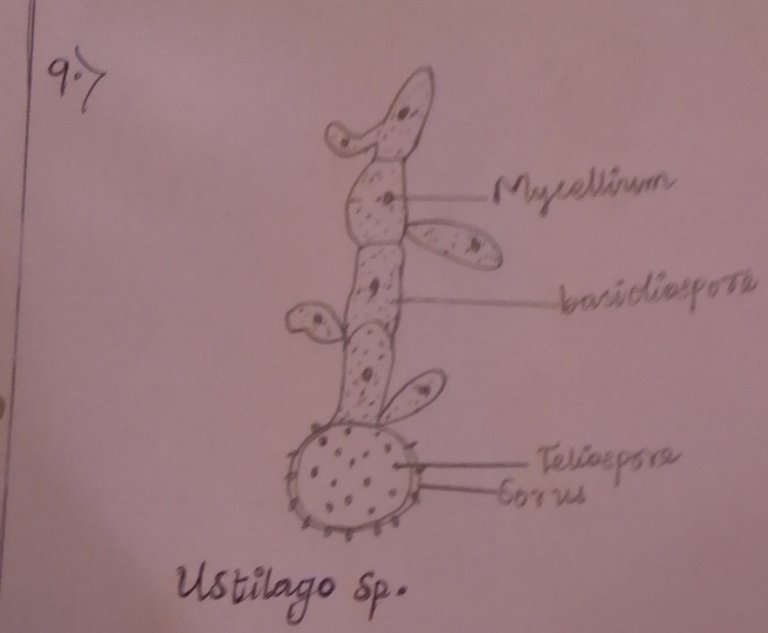
𝗨𝘀𝘁𝗶𝗹𝗮𝗴𝗼 𝘀𝗽.
Here’s Ustilago sp.
Known as smut fungi, these organisms infect crops like maize and barley. Interestingly, what some consider a disease (corn smut caused by Ustilago maydis) is a culinary delicacy in Mexico, known as huitlacoche. Wowwww, another man’s poison is another man’s food, I guess!
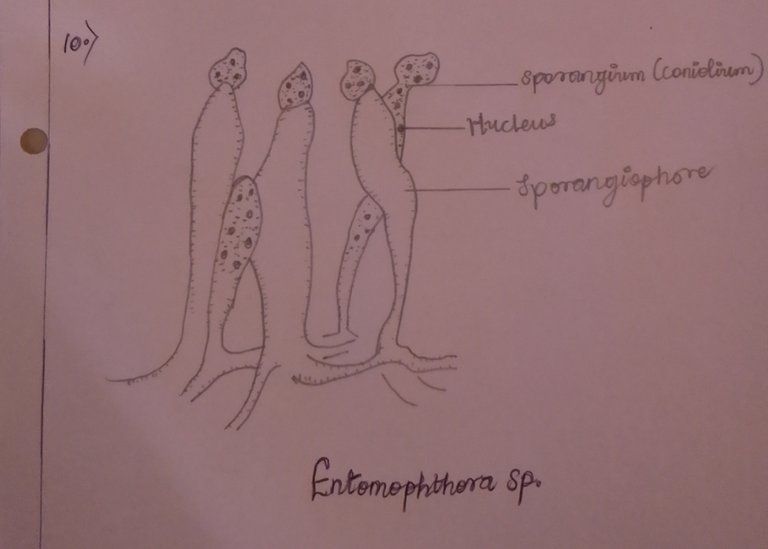
𝗘𝗻𝘁𝗼𝗺𝗼𝗽𝗵𝘁𝗵𝗼𝗿𝗮 𝘀𝗽.
Lastly, here’s Entomophthora sp., the “zombie fungus” of the insect world! (Hoooo... scary scary, joking joking 😂). Entomophthora species infect and manipulate their insect hosts to spread spores effectively. This mind-control behavior is not only fascinating but also holds potential for biological pest control.
Ok...microbiology is fun.
If you noticed I didn’t draw any of the fungi right, just laugh it off and say I’ll get it 🤭.
(P.S. I know the pics are blurry, please forgive my camera 😂)
Thanks for reading.
Posted Using INLEO